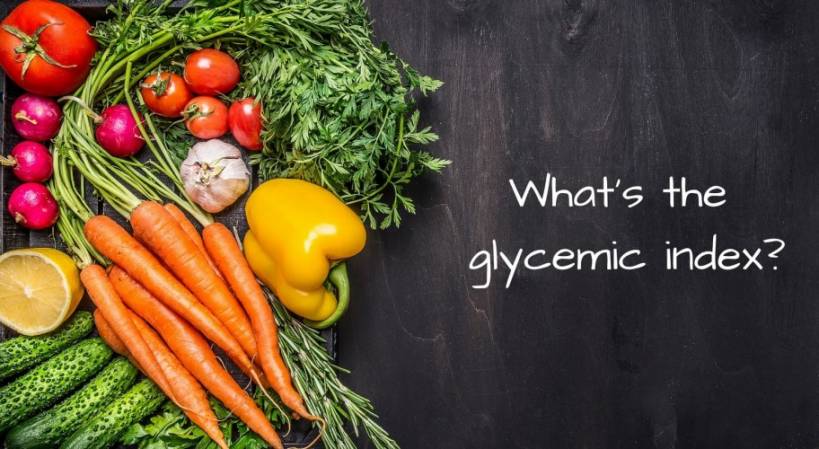Understanding the Glycemic Index
The Glycemic Index (GI) is crucial for effective weight loss. It measures how different foods impact blood sugar levels. Foods with a low GI are healthier, aiding in weight management and diabetes prevention. Surprisingly, alcohol has a low GI, but its high calorie content can lead to weight gain.
Alcohol Myths Debunked
Contrary to popular belief, non-alcoholic beers don’t have a lower GI than regular beers. Also, distilled spirits, while having zero carbs, originate from high-carb sources. Understanding these myths helps in making informed dietary choices.
Glycemic Index and Wine
Wine’s GI might appear high, but its glycemic load is zero. This means it has minimal impact on blood sugar levels. However, alcohol can slow insulin production, affecting weight management. It’s essential to balance alcohol consumption with a healthy diet.
The Role of Alcohol in Diets
Alcohol, even with a low GI, can hinder weight loss efforts. It’s processed before other nutrients, slowing down fat burning. Moderation is key, along with a focus on low GI foods for a balanced diet.
Low to Moderate GI Carbs: A Balanced View
A diet rich in low to moderate GI carbs can reduce obesity and diabetes risks. However, it’s important to consider individual insulin responses and the varied GI values based on food preparation and type.
Benefits and Criticisms
This diet offers significant health benefits but isn’t without criticisms. It’s crucial to understand the complexities of GI values in mixed meals and individual responses, especially for diabetics.
Embracing Low GI Recipes
Low GI recipes focus on healthier substitutes like olive oil and brown rice. They maintain blood sugar levels, making them ideal for weight loss and diabetes management.
Recipe Adaptations
Simple adaptations can transform regular dishes into low GI meals. For example, using whole wheat pita bread and low-fat ingredients for a healthier pizza. Cooking at home allows control over ingredients, aiding in a healthier lifestyle.
The Truth About Low GI Foods
Incorporating low GI foods into your diet stabilizes blood sugar levels. Keeping a food diary and understanding GI values helps in making healthier choices. Fruits like cherries and grapefruits are excellent low GI options.
Making Smart Choices
Understanding the GI values of everyday foods enables smarter dietary decisions. Opting for low GI fruits and vegetables and being mindful of preparation methods can significantly impact overall health.
Glycemic Index in Daily Life
Using a glycemic index table chart can guide food choices for those with diabetes, hypoglycemia, or heart disease. It helps in selecting foods that maintain stable blood sugar levels.
High GI Foods and Health Risks
High GI foods can lead to obesity and related health issues. For diabetics, low GI foods are crucial in controlling blood sugar levels and preventing rapid spikes.
Conclusion
The Glycemic Index is a powerful tool for managing diet and health. Understanding and utilizing it can lead to a healthier, more balanced lifestyle. Regular updates and insights on low GI diets are available for those seeking to enhance their nutritional knowledge.

